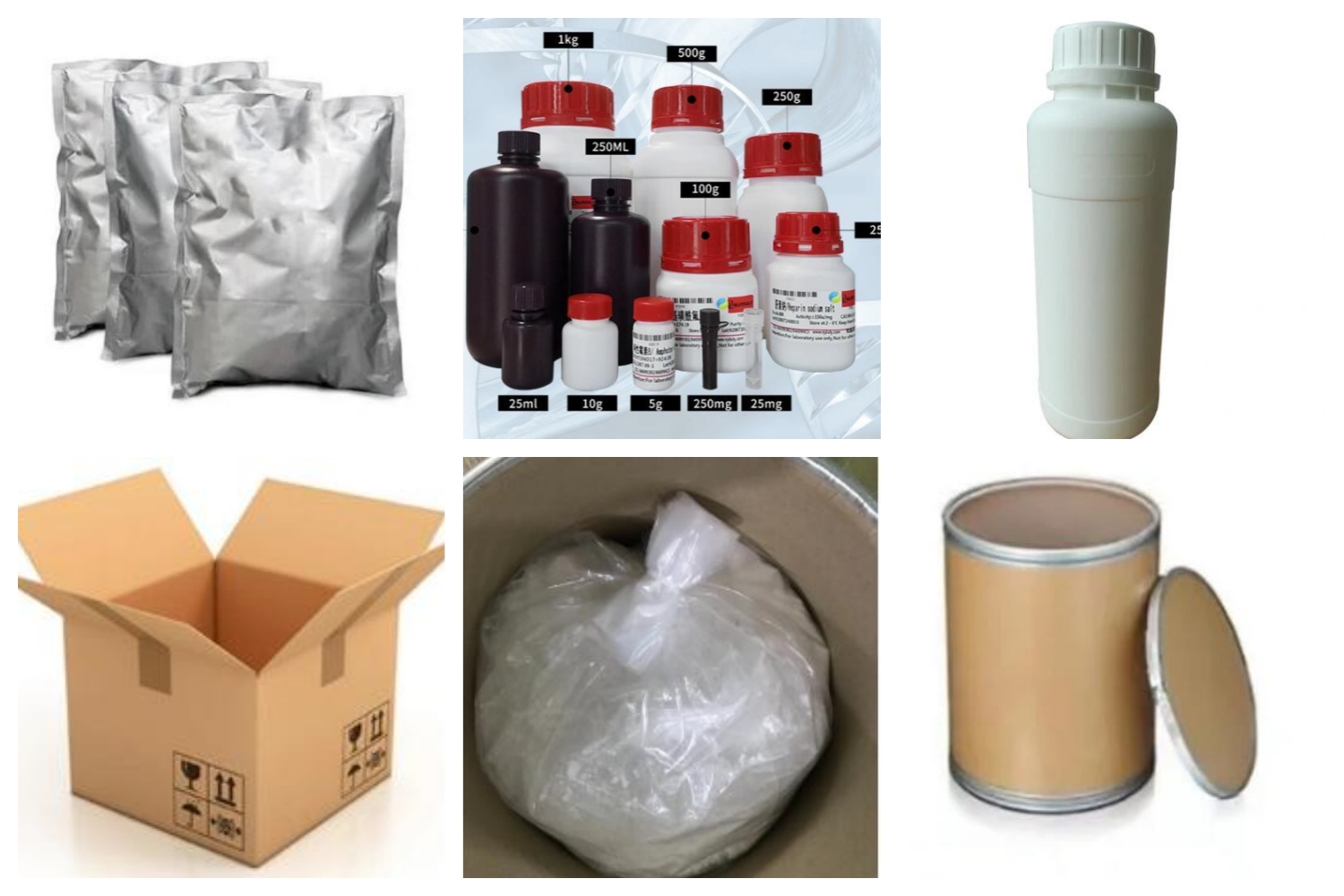Application and Effect
Immunoassays: N-(4-Aminobutyl)-N-ethylisoluminol is commonly used in immunoassays, a technique used to detect and quantify specific target molecules (e.g., proteins, antibodies, hormones). When the target molecule binds to a specific antibody or antigen on a solid support, the conjugated N-(4-Aminobutyl)-N-ethylisoluminol reacts with an oxidizing agent to produce a luminescent signal. The intensity of the signal is proportional to the concentration of the target molecule. DNA Probes: N-(4-Aminobutyl)-N-ethylisoluminol can be used as a chemiluminescent tag for DNA probes. DNA probes are short, single-stranded DNA fragments labeled with a fluorescent or luminescent molecule. When the probe hybridizes with its complementary DNA sequence, the bound conjugated N-(4-Aminobutyl)-N-ethylisoluminol reacts with an oxidizing agent, emitting light that can be detected. This technique is used in DNA sequencing, genotyping, and DNA hybridization studies. Reactive Oxygen Species (ROS) Detection: N-(4-Aminobutyl)-N-ethylisoluminol can be used to detect and measure reactive oxygen species (ROS) levels in biological samples. ROS are chemically reactive molecules involved in various cellular processes. By incorporating N-(4-Aminobutyl)-N-ethylisoluminol into specific assays, researchers can evaluate the presence and quantity of ROS in cells or tissues.Product Packing:

Additional Information:
| Composition | C14H20N4O2 |
| Assay | 99% |
| Appearance | White powder |
| CAS No. | 66612-29-1 |
| Packing | Small and bulk |
| Shelf Life | 2 years |
| Storage | Store in cool and dry area |
| Certification | ISO. |
